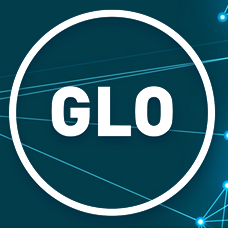A new GLO Discussion Paper finds that high levels of statutory employment protection is negatively associated with robot adoption, but firms also use industrial robots as potential substitutes for workers to reduce employees’ bargaining power.

GLO Discussion Paper No. 928, 2021
Robots and Labor Regulation: A Cross-Country/Cross-Industry Analysis – Download PDF
by Traverso, Silvio & Vatiero, Massimiliano & Zaninotto, Enrico
GLO Fellow Silvio Traverso
Author Abstract: This work discusses and empirically investigates the relationship between labor regulation and robotization. In particular, the empirical analysis focuses on the relationship between the discipline of workers’ dismissal and the adoption of indus- trial robots in nineteen Western countries over the 2006{2016 period. We find that high levels of statutory employment protection have been negatively associated with robot adoption, suggesting that labor-friendly national legislations, by increasing adjustment costs (such as firing costs), and thus making investment riskier, provide less favorable environments for firms to invest in industrial robots. We also find, however, that the correlation is positively mediated by the sectoral levels of capital intensity, a hint that firms do resort to industrial robots as potential substitutes for workers to reduce employees’ bargaining power and to limit their hold-up opportunities, which tend to be larger in sectors characterized by high levels of operating leverage.

GLO Discussion Papers are research and policy papers of the GLO Network which are widely circulated to encourage discussion. Provided in cooperation with EconStor, a service of the ZBW – Leibniz Information Centre for Economics, GLO Discussion Papers are among others listed in RePEc (see IDEAS, EconPapers). Complete list of all GLO DPs – downloadable for free.
The Global Labor Organization (GLO) is an independent, non-partisan and non-governmental organization that functions as an international network and virtual platform to stimulate global research, debate and collaboration.
Ends;

